Health Care Access and Quality: Mental Health
Video: Health Care Access and Quality: Mental Health
This video is being reviewed for audio description.
What is Audio Description?
When Audio Description (AD) is enabled, descriptive language narrates what is on the screen. To learn more, visit our accessibility webpage.
Video Player Help
Kaltura Video Hosting: This website uses Kaltura, a video hosting company, to serve video content. If you are having difficulty viewing videos on this site, it may mean that your location (e.g., school district, organization) is blocking or filtering the Kaltura website. Please contact your IT personnel to resolve this issue.
Accessibility: We strive to make this website accessible for all users, including people with disabilities. To learn more visit our accessibility webpage.
Captions / Transcript
After hitting play you can access an interactive transcript for this video by selecting the Show Transcript icon![]() in the top right corner of the video when you select play.
in the top right corner of the video when you select play.
You can turn on captions by selecting the Enable Captions icon![]() in the bottom right corner. Captions can also be turned on by selecting the Settings icon
in the bottom right corner. Captions can also be turned on by selecting the Settings icon![]() , where you can also set your caption preferences.
, where you can also set your caption preferences.
When available, you can use Spanish subtitles for this video by selecting Settings![]() and choosing Spanish in the Captions drop down menu.
and choosing Spanish in the Captions drop down menu.
Panel featuring: Allison Cowan, MD, DFAPA; Latisha Martin; Brenda Miller, and Andrea Witwer, PhD
In 2018, an estimated 17.4 million (32.9%) adults with disabilities experienced frequent mental distress. Frequent mental distress is associated with poor health behaviors, increased use of health services, mental disorders, chronic disease, and limitations in daily life.
Ohio data indicates adults with disabilities experience depression at rates higher than any other group, and adults with developmental disabilities have significantly higher rates of all unmet care needs, including mental health, than the general population.
Join us as we learn about barriers to and promoters of access to quality mental health care for people with disabilities.
Learning Objectives
After completing this training, attendees will:
- Summarize the barriers to mental health care access and quality for people with disabilities
- Describe current efforts to address access and quality barriers
- List resources to meet the unique mental health care needs of people with disabilities

This event will be offered in English with ASL interpretation and live transcription.